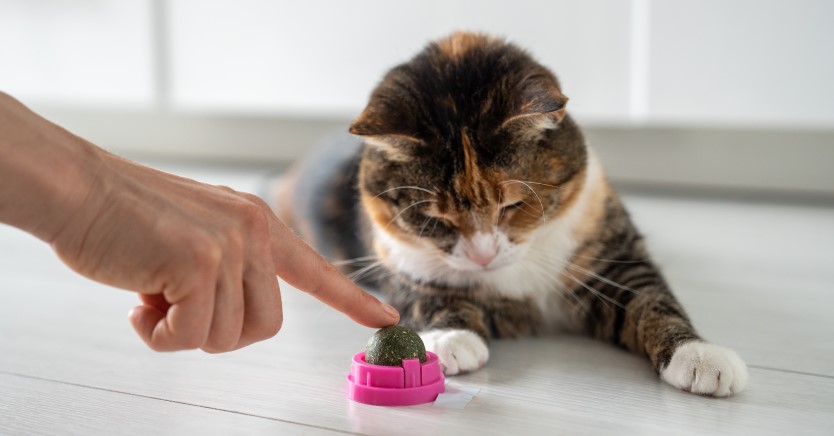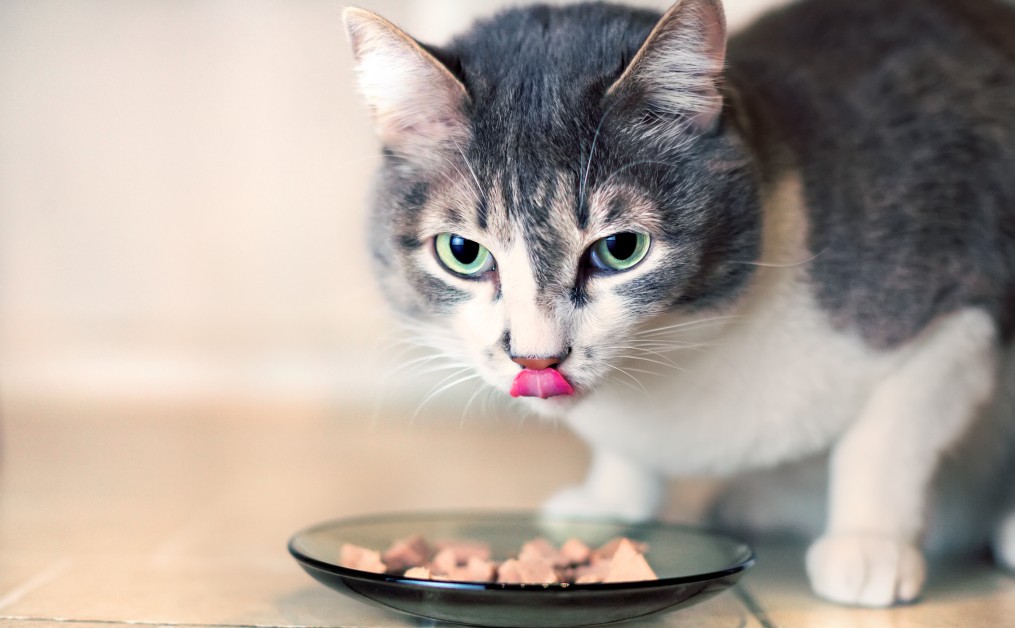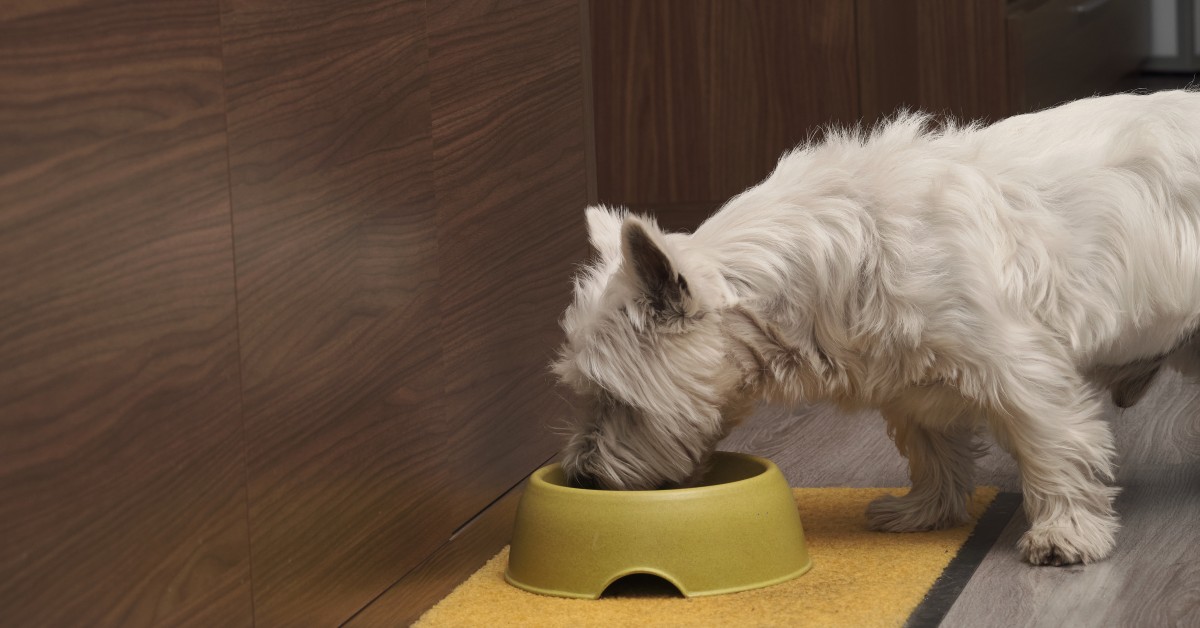Ask Dr. Jenn: Is catnip safe for kittens? How does catnip work, anyway?
I just brought home a new kitten. I was worried that she and my older cat wouldn’t get along so I sprinkled dry catnip all over the house. My older cat was rolling around and very affectionate, but the new kitten had no reaction to the catnip. Why is she not affected? How does catnip work anyway?

Catnip is so fun when your kitty responds the way you expect. My normally quiet, lazy, and standoffish cat suddenly becomes adorable. She is rolling on the floor hugging her catnip toy and then suddenly jumps up and goes tearing around the room.
Not every cat is affected by catnip, as you learned with your kitties. Responsiveness to catnip is a genetic trait; approximately forty percent of cats are unaffected by catnip. In addition, young kittens are not affected by catnip. They don’t develop the sensitivity to catnip until they are six to eight weeks of age. Some kittens do not have any significant behavioral responses until six months to one year of age. Keep offering catnip occasionally as your kitten grows to see if she develops a response. If you still don’t see any response by the time your kitty reaches a year of age, she most likely did not inherit the “catnip gene”.
Catnip is a plant in the mint family. The active ingredient, cis-trans-nepetalactone, is a mild hallucinogen. Cats have a gland on the roof of their mouth called the vomeronasal gland that carries scents to the brain. If a cat sniffs or bites catnip, the gland picks up the active ingredient and transmits it to the brain. The hallucinogenic effects are short-acting, lasting about ten minutes. Once a cat has responded to catnip, it takes about thirty minutes for the brain receptors to be able to respond again.
Usually, catnip causes cats to be more affectionate, relaxed, and happy. However, some cats may become more active and aggressive when exposed to catnip. And, as stated earlier, some cats will not be affected by catnip at all.
Catnip is very safe for most cats. There is some thought that overexposure to catnip can trigger seizures, so it is not recommended for use in cats with a seizure disorder. Ingestion of large amounts of catnip can cause mild gastrointestinal issues, such as vomiting and diarrhea. Chronic, regular use may lead to personality changes in your cat, so only occasional use is recommended.
You can find catnip in a variety of forms. It is a plant that will grow in your garden. It also has the added benefit of repelling mosquitoes. If left unchecked, catnip can spread like a weed and take over your garden. You can also keep it as a houseplant. Keep it in a well-lit area and water frequently. You can expect healthy catnip plants to bloom between late spring and early fall. There will be clusters of small white blooms with light purple markings. Catnip is also available commercially in sprays and dried leaves and is commonly found inside many cat toys.
I hope that your kitties are getting along, even without the benefits of catnip. When introducing a new cat into the household, it is best to go slow and give them both time to adjust. Catnip may be a beneficial tool, but its effects are short-lived.
Ready to start saving money on pet wellness care?
Then take a look at Mint Wellness, the pet wellness plan that provides fast reimbursement on routine pet care. Save on vaccinations, wellness exams, preventatives, dental, and more!
Learn More


